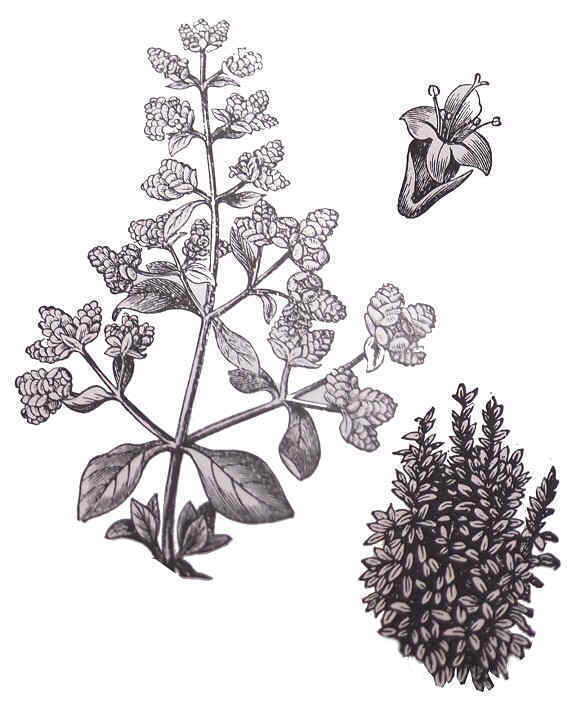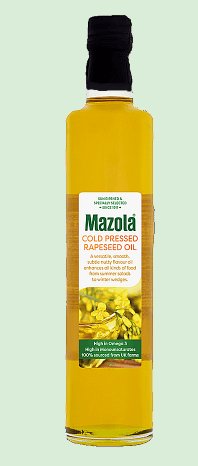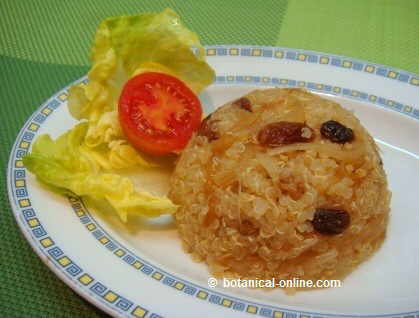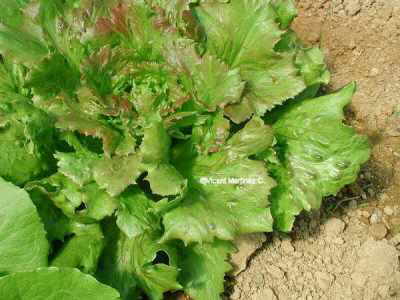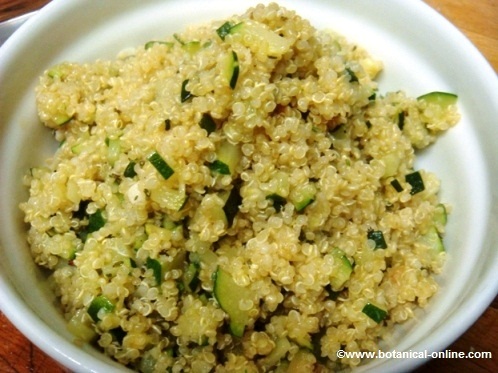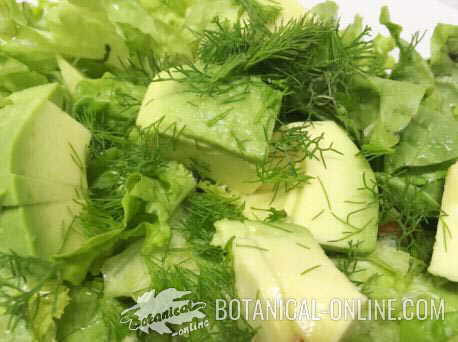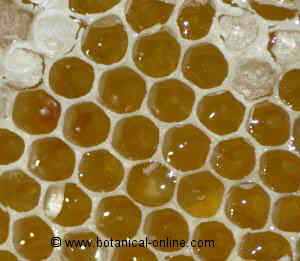Contents
List of plants containing the alkaloid berberine
What is berberine and what is it used for?
Berberine is a bitter principle present in the roots and stems of some plants. It can be extracted using different methods to take in infusions or in the form of tablets.
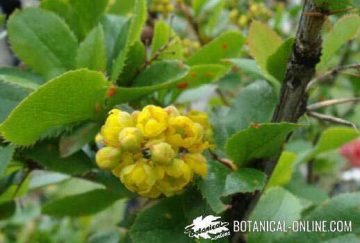
Berberine is used in phytotherapy mainly for its antidiabetic, anti-inflammatory, antioxidant, antibiotic, antiviral, antifungal and deparasitizing properties.
Characteristics of berberine
Chemically, berberine is an alkaloid, classified within the isoquinoline alkaloids. It has some toxicity and is contraindicated in case of taking medication. Therefore, it is not recommended to take these plants without medical advice.
Foods rich in berberine
Berberine has been isolated from several plant families, including Berberidaceae, Ranunculaceae, Papaveraceae, Fumariaceae, Menispermaceae, Rutaceae, and Annonaceae. Of all these plants, the truth is that none of the plants rich in berberine are used as food, but all of them are used as medicinal plants.
Medicinal plants rich in berberine
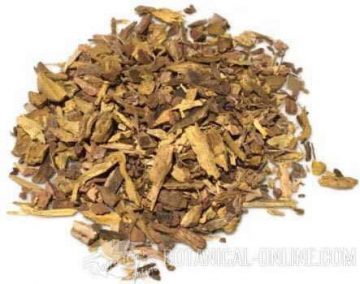
Among all the plants that contain berberine, some members of two large botanical families stand out: the buttercup family (Ranunculacea) and the barberry family (Berberidaceae). It is usually found in the roots of these plants, which are usually yellow in color.
The plants with the highest concentration of berberine are found in the Ranunculaceae family. Many of these plants are from Asia and are used in traditional medicine as authentic remedies for diarrhea (remember the role of berberine against parasites and various types of microorganisms).
The medicinal plant richest in berberine is Yunnan goldthread (Coptis teeta) (berberine content 8-9%, rhizome), followed by Coptis chinensis and goldenseal (Hydrastis canadensis), with a berberine content varying between 0.5 and 6%. Some Papaveraceae, such as the California poppy (Eschscholzia californica), have also been described to contain berberine.
The plants with the highest concentration of berberine are found in the Ranunculaceae family. Many of these plants are Asian and are used in traditional medicine as authentic remedies for diarrhea. (remember the role of berberine against parasites and various types of microorganisms).
From the botanical family Berberidaceae, tree turmeric, Mara manjal or Indian barberry (Berberis aristata) is listed in some studies as the richest in berberine of this family, with a content of 4.2% in the stem and bark. Other plants of the same genus also rich in berberine are barberry (Berberis vulgaris), with 1-2% berberine in roots and stem, Berberis petiolaris (0.43% berberine), Berberis thunbergii, B. aquifolium and B. asiatica. Another plant source of berberine from the same family is Caulis mahoniae, widely used in Chinese medicine.
List of medicinal plants rich in berberine
The main plant sources, ordered from highest to lowest berberine content, are the following:
| Plant | Part of the plant that contains berberine |
| Chinese goldthread (Coptis chinensis) | Rhizome |
| Barberry (Berberis vulgaris) | Root and bark |
| Japanese goldthread (Coptis japonica) | Rhizome |
| Goldenseal (Hydrastis canadensis) | Root |
| Yellowroot (Xanthorhiza simplicissima) | Root |
| Amur cork tree (Phellodendron amurense) | Bark |
| Barberry (Berberis vulgaris) | Leaves and flowers |
| Berberis duclouxiana = Mahonia siamensis | Stem and bark |
| Creeping mahonia (Mahonia repens) | Root |
| Mexican poppy (Argemone mexicana) | Plant |
| Oregon grape or holly-leaved barberry (Berberis aquifolium = Mahonia aquifolium) | Leaves |
Contraindications of berberine
Berberine is a supplement extracted from one of the above-mentioned plants (usually barberry or goldenseal) that can be purchased without a prescription. However, this product has certain contraindications that should be known.
![]() More information on the barberry plant and berberine active principle
More information on the barberry plant and berberine active principle

